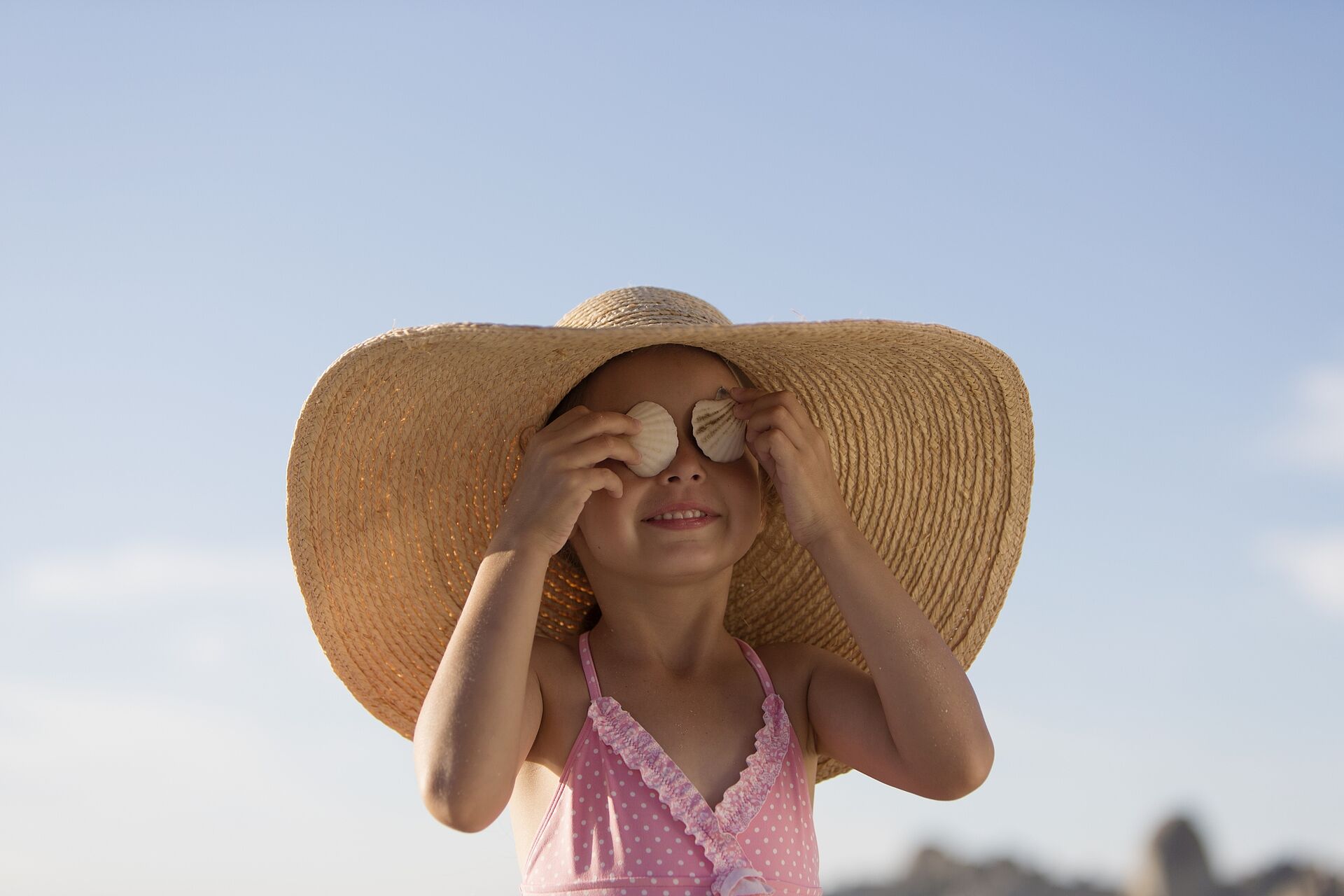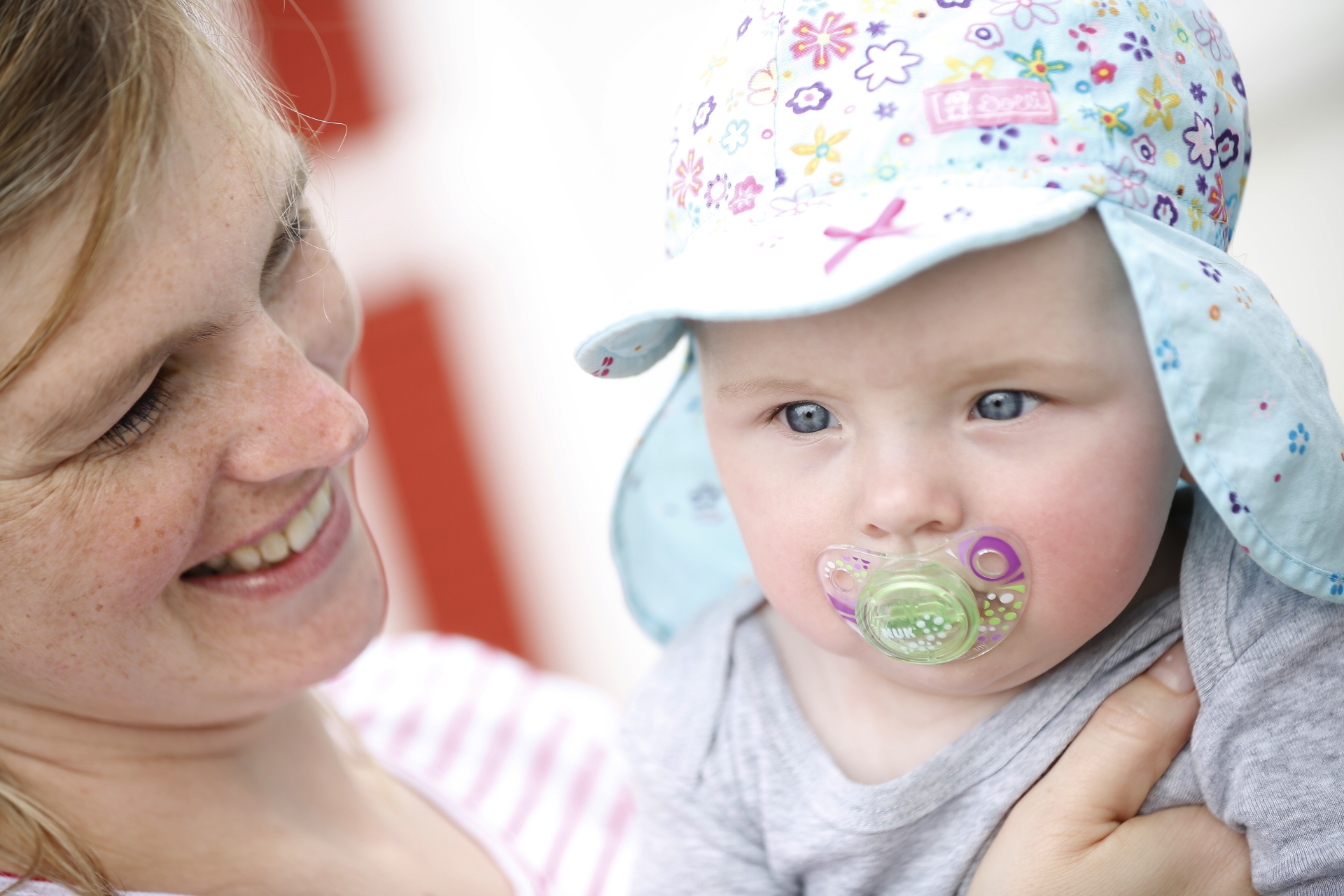Sun protection to wear rather than apply.
Even the strongest cosmetic sun protection products (sunblock) offer a maximum UV protection factor of 50 (UPF = Ultraviolet Protection Factor). What’s more, for long-lasting protection, it must be applied several times and used correctly, for example, before exposure to the sun or reapplied because the protective film is no longer sufficient following contact with water.
In comparison, textiles provide optimum effective UV protection. Depending on the material and design of the clothing or shading textiles, UPF values of 80 are possible – in other words, one can stay in the sun up to 80 times longer than the intrinsic protection time allows (dependent on skin type).
Reliable decision-making tool for your customers.
A consumer cannot judge how well and for how long a textile product provides protection against UV rays by just looking at it – especially when shopping online. With our standardised measuring methods according to different international standards, you have the opportunity to advertise the UV protection factors determined by us directly on the product itself.
Tested and proven to be safe.
We can test UV protective textiles according to the following standards:
Test in new condition
- Australian-New Zealand Standard (AS/NZS 4399):
Measurement on new textile material in unstretched, dry condition. The basis is the solar spectrum in Melbourne, Australia, on 1st January. - European Standard (DIN EN 13758-1):
Measurement on new, unstretched and dry textile. The basis is the solar spectrum for Albuquerque in New Mexico/USA – comparable with the sun radiation in Southern Europe. - American Standard (AATCC TM 183):
Measurement on new textile with simulation of solar spectrum for Albuquerque, New Mexico.
Realistic, meaningful testing
Starting with a measurement in the new condition, the UV STANDARD 801 test goes the extra mile. In additional laboratory tests, we determine the protective effect of your clothing and shading textile materials against UV radiation under realistic conditions of use, e.g. stretching and wetting as well as artificial weathering of shading materials, or defined aging processes for clothing.

